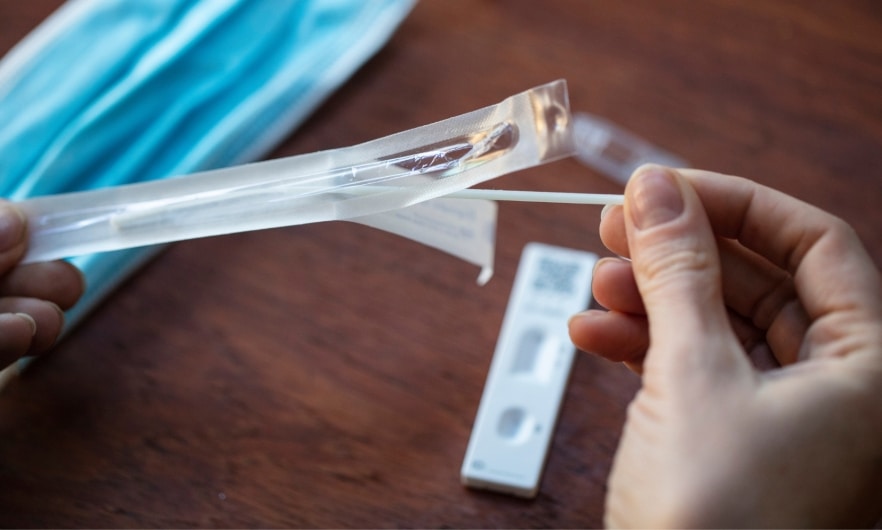
Cases of FLiRT COVID variants, currently spreading rapidly in the US, have also been detected in various regions globally. Among these, the Omicron subvariant KP.2 has gained attention, with Maharashtra, India, reporting 91 cases. Initially identified in January, this variant has swiftly become dominant in certain areas by April.
Grouped Mutations: FLiRT Variants : The emergence of FLiRT variants marks a significant shift, as it’s not just one singular mutation but a group of mutants that have surfaced. These variants, including KP.2 and KP.1.1, collectively contribute to a substantial portion of COVID cases in countries like the United States. Termed FLiRT based on their mutations, these variants are direct descendants of the JN.1 strain.
Potential Impact on Future Waves : Concerns regarding the possibility of FLiRT variants triggering subsequent waves of COVID remain under scrutiny. While there’s ongoing research, initial observations by experts like Dr. Ziyad Al-Aly suggest no immediate cause for alarm. However, data from the US CDC indicates a notable increase in cases attributed to FLiRT variants, signaling the need for continued vigilance.
Understanding KP.2 Variant : The KP.2 variant, a descendant of JN.1, exhibits distinctive mutations in its spike protein. Studies indicate its higher reproductive number compared to JN.1 in various countries. Despite its increased infectivity, KP.2 demonstrates lower overall infectivity rates than its predecessor.
Insights into KP.1.1 Variant : While KP.2 garners attention for its rapid spread, KP.1.1 variant remains relatively less widespread. Nonetheless, it contributes to a notable percentage of COVID cases in regions where FLiRT variants are circulating.
Immune Evasion and Infectivity : KP.2’s ability to evade immunity and its slightly heightened infectivity compared to JN.1 raise concerns among experts. Studies suggest its potential to infect even individuals vaccinated with the latest formulations, highlighting the need for continued research and monitoring.
Symptoms and Identification : Symptoms associated with FLiRT variants mirror those of the JN.1 strain. Individuals should remain vigilant for signs such as sore throat, runny nose, cough, fever, fatigue, and in severe cases, shortness of breath. Additional symptoms like diarrhea and nausea may also manifest, necessitating prompt attention and testing.
Safety Measures : To mitigate the spread of FLiRT variants and COVID in general, adherence to preventive measures is paramount. These include wearing masks, practicing hand hygiene, maintaining physical distance, avoiding crowded spaces, adhering to local guidelines, and supporting vaccination efforts. By collectively implementing these strategies, individuals can contribute to curbing the spread of COVID variants and safeguarding public health.

